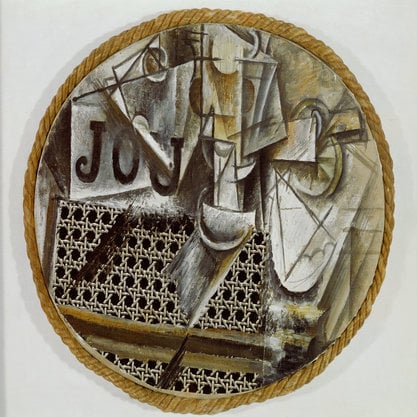Article
Nanyang Style By Low, Yvonne
Article
Nanyang Style was a popular term associated with the paintings of a group of émigré Chinese artists working in British Malaya (present-day Singapore and Malaysia) around the period of the 1930s to 1950s. It referred particularly to works that embodied an experimental and syncretic approach to pictorial representation; impressionist, post-impressionist, fauvist, and cubist elements with Chinese ink and brush compositional and pictorial techniques; and the depiction of local subject matter such as indigenous peoples and their environments. The key proponents of this style included Chen Chong Swee, Georgette Chen, Liu Kang, Chen Wen Hsi, and Cheong Soo Pieng. These artists, who were also collectively called the “Nanyang artists,” were associated with the Nanyang Academy of Fine Arts (NAFA) either as teachers or associates of teachers. The cultural identity of the artists as ethnically Chinese sojourners was frequently used to substantiate the originality of the Nanyang Style. This term generally described an approach to painting that reflected considerations unique to a group of Chinese artists attempting to arrive at types of modern art production that were linked to the place itself.


